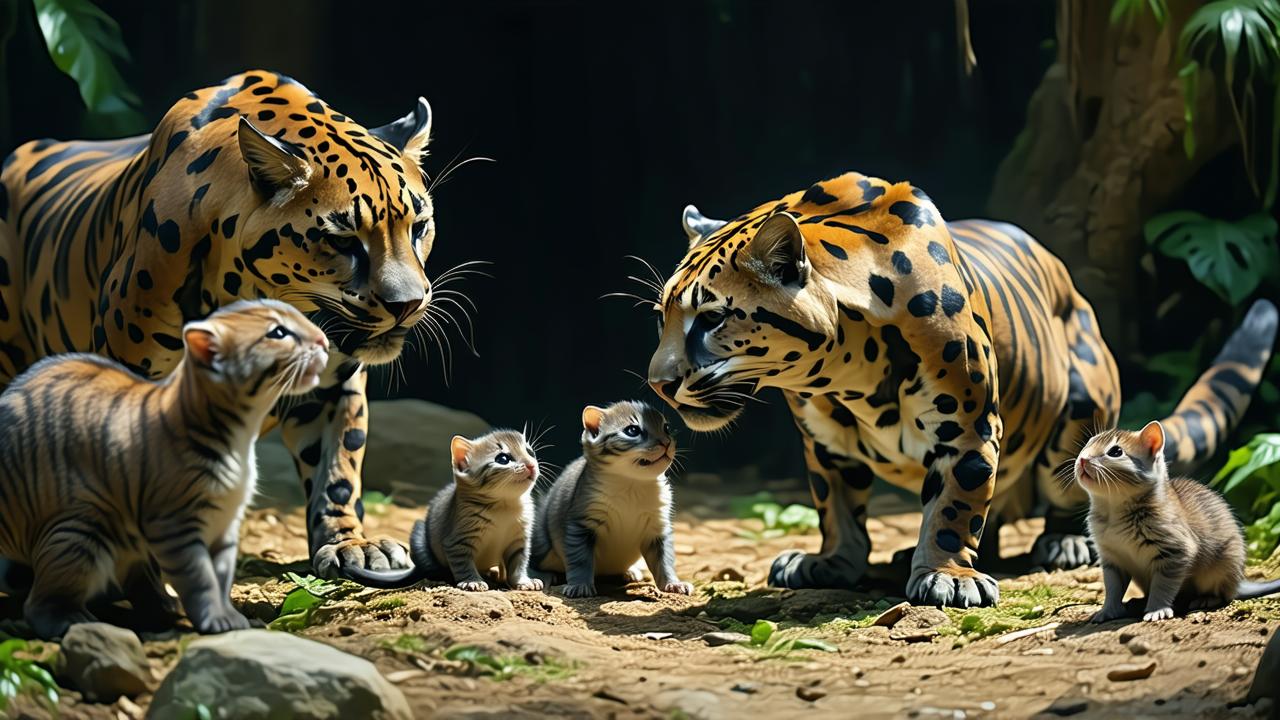Denmark Zoo Asks Public to Donate Unwanted Small Pets or Horses to Feed Captive Predators
Denmark Zoo Asks Public to Donate Unwanted Small Pets or Horses to Feed Captive Predators
In a move that has sparked both curiosity and controversy, a zoo in northern Denmark is appealing to the public to donate unwanted small pets or horses for the feeding of its captive predators. Aalborg Zoo, a prominent institution in the region, has taken this step as part of its commitment to replicating the natural food chain for the animals in its care.
The zoo explains that animals like chickens, rabbits, and guinea pigs play a critical role in the diet of its predators. These creatures provide what the zoo describes as 'whole prey'—a term that refers to the kind of food that predators would naturally hunt in the wild. This approach ensures that the animals not only receive the appropriate nutrition but also engage in natural feeding behaviors, which is essential for their mental and physical well-being.
According to Aalborg Zoo, if an animal is healthy but no longer wanted by its owner, donating it to the zoo is an option. Once received, the animals are gently euthanized by trained staff and then used as food for the zoo's predators. The zoo emphasizes that this process ensures nothing goes to waste, and that the predators' natural behaviors and nutritional needs are met.
The zoo accepts donations of rabbits, guinea pigs, and chickens on weekdays between 10 a.m. and 1 p.m., but no more than four at a time. It also accepts horses, which are euthanized by a zookeeper and a veterinarian. The zoo has specific guidelines for horse donations, including that the animals must not have been treated for illness in the past month and must meet size and transportability criteria. Donors may be eligible for tax deductions based on the value of the donation.
The zoo acknowledges that its needs fluctuate throughout the year and that there may be a waiting list for donations. This initiative reflects a broader trend in modern zoos to prioritize both animal welfare and sustainability in their practices.
While this approach may raise ethical questions for some, it is viewed by the zoo as a responsible and practical solution to a complex issue. By ensuring that the animals are not euthanized unnecessarily and that their remains are used in a way that benefits other animals, the zoo aims to uphold its mission of education, conservation, and animal care.
This initiative is part of a growing global conversation about the ethical treatment of animals, both in captivity and in the wild. As zoos continue to evolve, they are increasingly being called upon to balance the needs of the animals they care for with the expectations of the public they serve.
